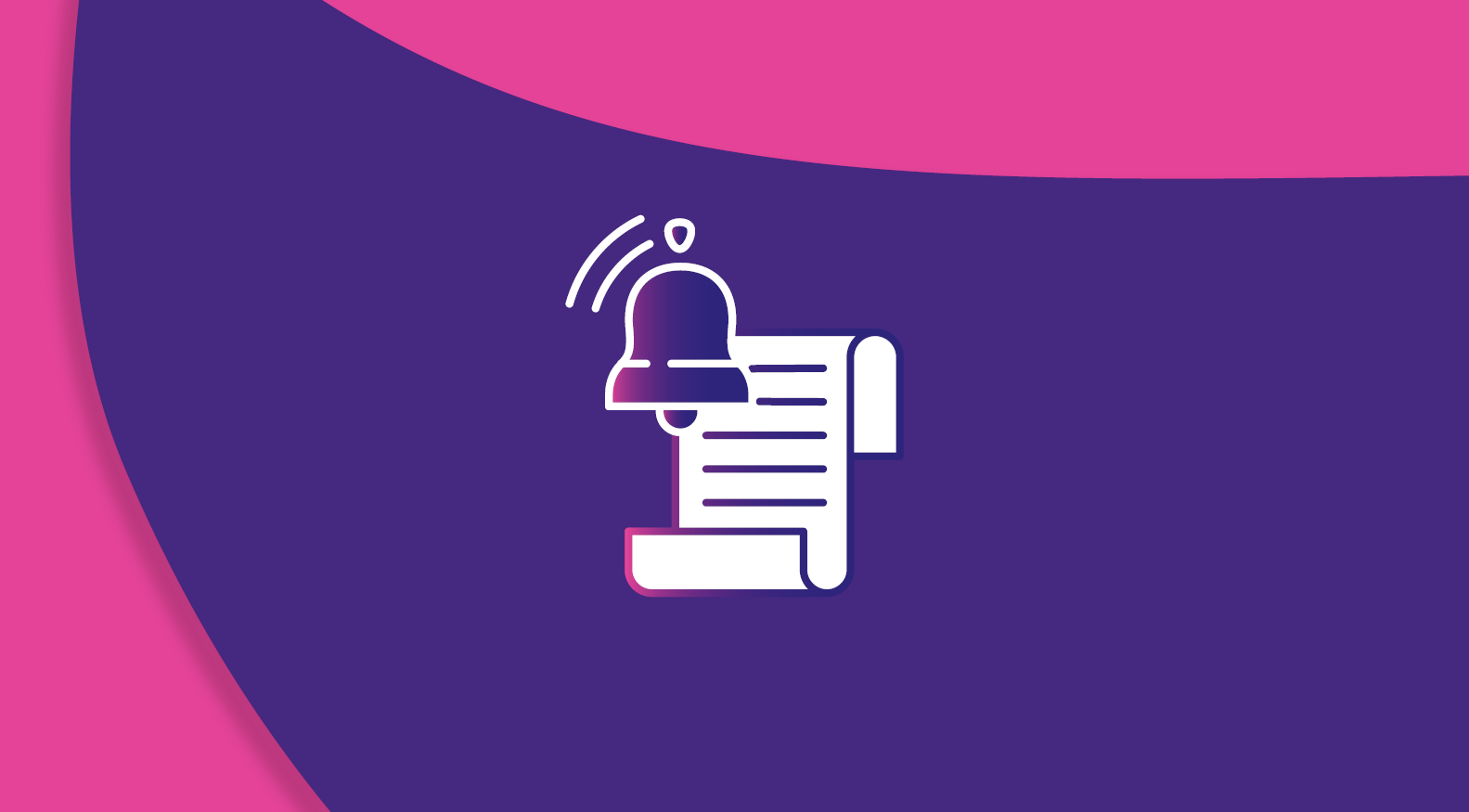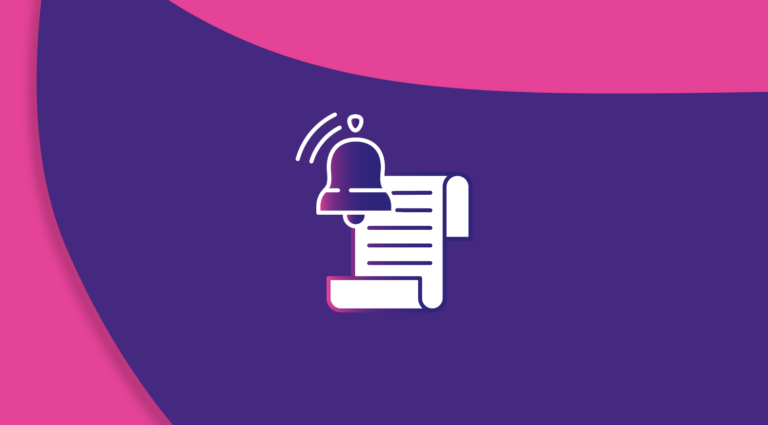Legal updates
Upper Tribunal upholds restrictive approach to the use of Business Investment Relief
15 July 2025

This website will offer limited functionality in this browser. We only support the recent versions of major browsers like Chrome, Firefox, Safari, and Edge.
Legal updates
15 Jul 2025


See what’s coming up, register for the events that matters to you and discover our range of on-demand content.
See upcoming events
Essential listening for you and your organisation.
Discover our range of podcast series and subscribe to make sure you don’t miss an episode.
Listen now